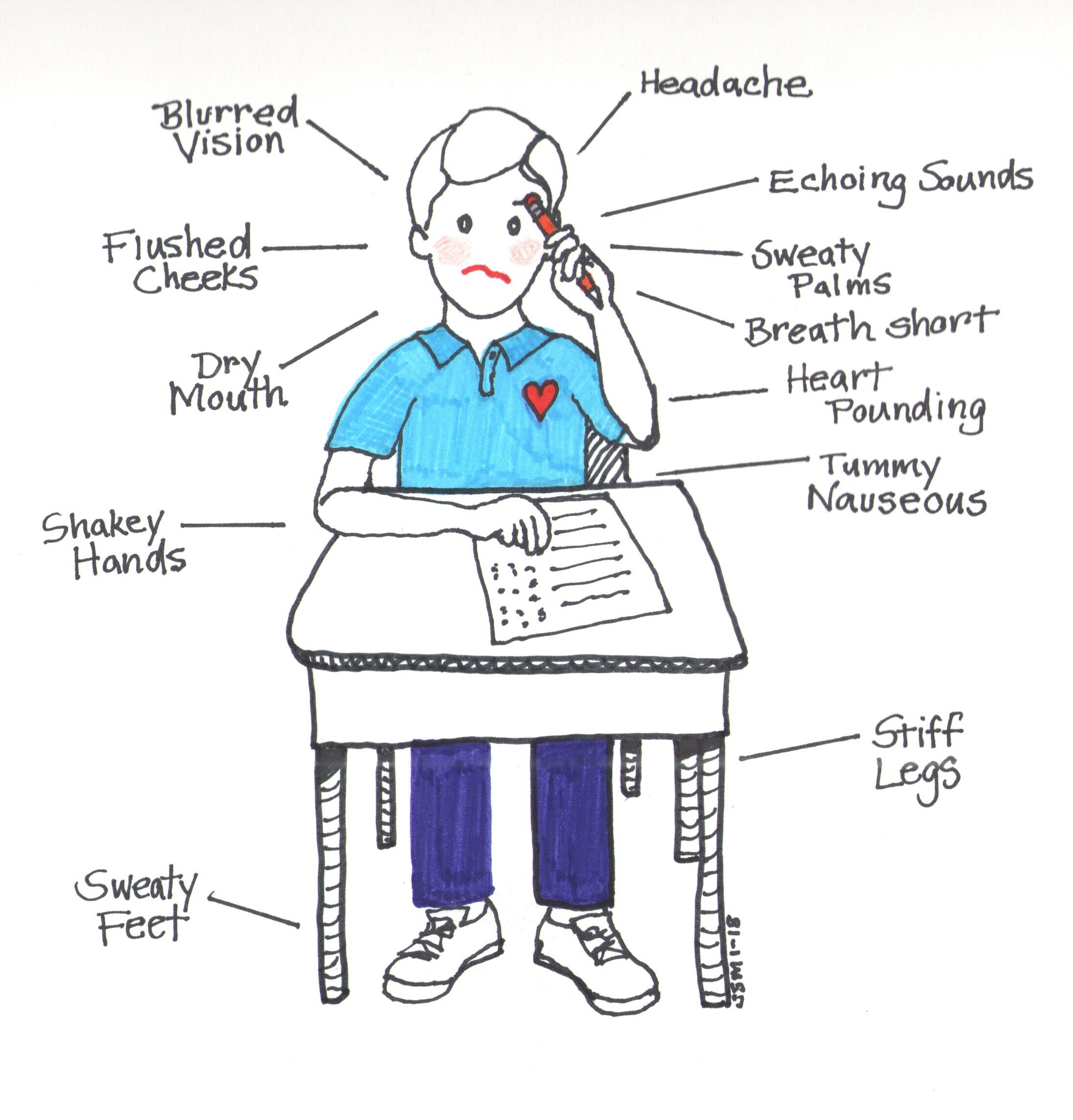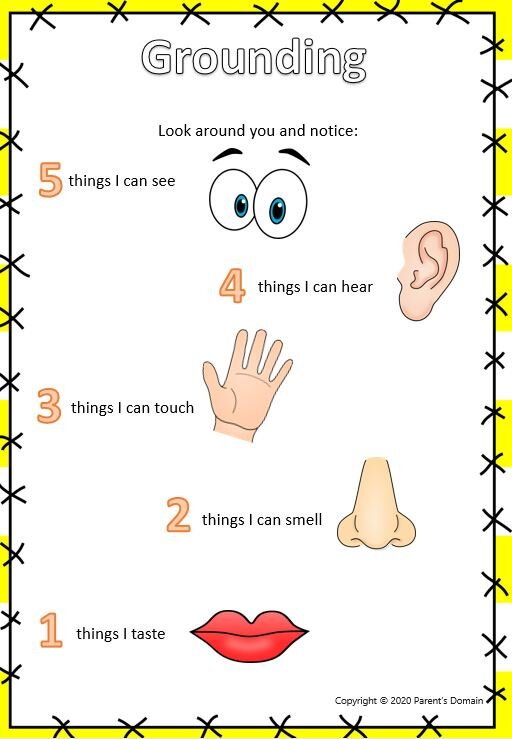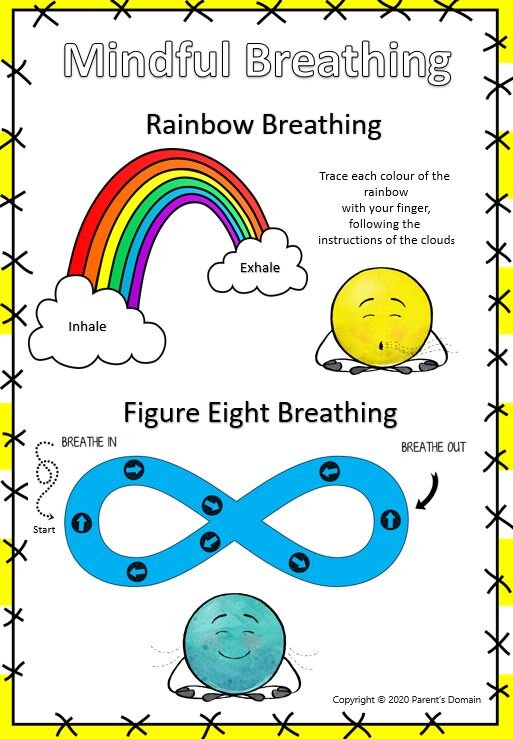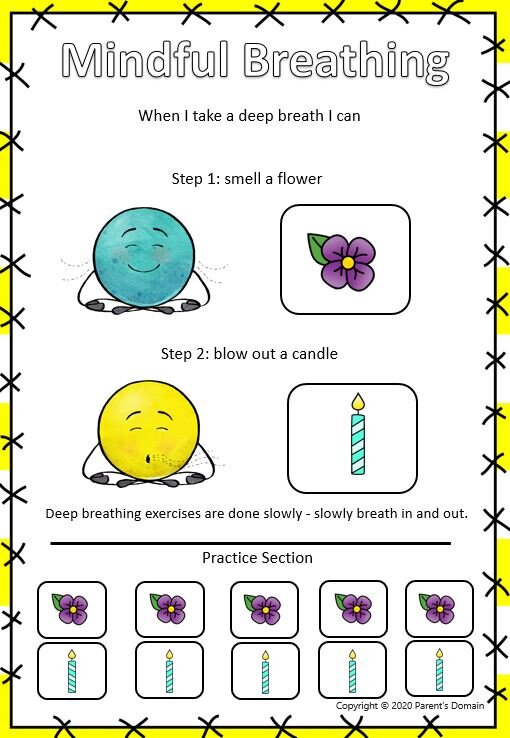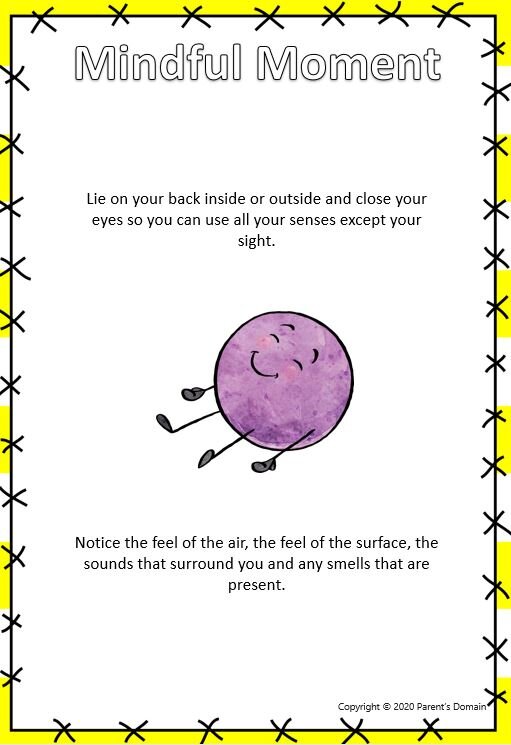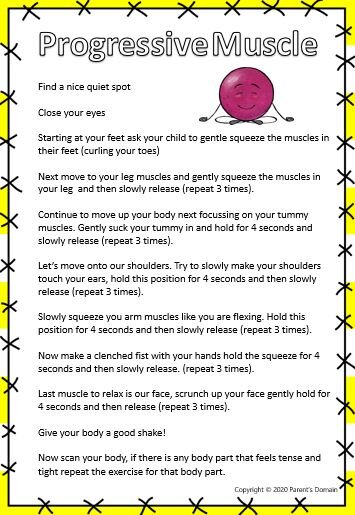As the school holidays come to an end and the new school term begins. This post is a little reminder of what can await after a school day. Yep… the emotional meltdown that can be a short-lived experience to an intense volcanic eruption. I want to highlight that the after school emotional rollercoaster can occur for all children whether your child is neurotypical or neurodiverse.
I wrote a blog last year about this very same topic, however there are a few different elements for neurodiverse children and this blog aims to provide strategies to support neurodiverse children and even neurotypical.
I often get asked from parent’s why does the after school meltdown occur?
A child’s day at school is busy; from a busy classroom to a busy playground, so let’s break it down into 3 domains.
1. Sensory Input
Schools are a sensory mind field with a child’s brain continually receiving sensory input. From noise levels, school bells, hand dryers, stuffy or hot classrooms, people sitting too close, sitting for long periods, lighting, transitioning between classroom for specialist subjects, smells, classrooms can be visually busy to a neurodiverse child with the range of displays from art work to number boards and the list goes on.
2. Cognitive Load
Then on top of the sensory load we unload the demands of the school work. This can include processing information, translating this information, comprehending the task, coping with unclear instructions, fear of making a mistake which many neurodiverse children have perfectionistic traits, feeling pressured due to limited time to complete a task. All this plus more can impact mental flexibility and children by the end of their day can become inflexible in their thinking; as they seek to gain control of their environment.
3. Social Engagement
Trying to navigate the social and emotional playing field at school can be a challenge for many children whether neurodiverse or neurotypical. Understanding social cues and interactions with peers combined with holding emotions in, also known as masking or camouflaging is very common coping mechanism. Playtime at school can be a very stressful time for children as they often have to navigate the social world and play experience, hence why we often see children playing on their own as it becomes too overwhelming.
Let’s remember that play is exhausting as it draws on a number of brain functions. Playtime in a mainstream school can be a very long time in an unstructured environment for neurodiverse children, remembering that children crave routine and structure as it provides predictability and containment.
Empathic Attunement
Have you heard of empathic attunement? Some autistic children, adolescents and adults can be sensitive to another person’s negative mood. Which means that they can take on another person’s worry, personalise disappointment, anxiety and agitation. For these individuals not only are they holding their own emotions but they have also internalised the emotions of others… boy o boy that is a big load to carry.
Survival Response
It can be tricky to see the warning signs of a meltdown as a child can go from zero to 100 within seconds. It might be the minute you step out of the school or as you drive into the driveway that the downward spiral begins. Often meltdowns elicit a survival response of flight, fight or freeze. A flight response is where the child wants to escape or run to seek solitude. Fight response when you are met with aggression or freeze response where a child will shut down an not communicate. These responses all signal that the brain is in survival mode. Knowing what response your child has to a meltdown will help determine the strategies and pathways to best support them.
Handy tips:
Meltdowns are always involuntary and a behavioural response to a build up of stress in the nervous system.
When you pick your child up from school limit the amount of sensory input, this might include not asking them about their day. Remember their system may have reached capacity by the time you pick them up and a simple question such as “How was your day?” or “Did you have a good day?” or “What did you do today?” could be the final straw that breaks the camels back.
Have a snack for the car ride home – this helps to element the hangry feelings and refuel a depleted system.
Provide your child with space and solitude – it might be driving home in silence. Going straight home rather than stopping off at the supermarket.
Water play can be very calming and soothing for children. When you arrive home do they need a bath or shower?
If your child is a sensory seeker – engage in activities that utilises the more dominate sensory system that provides them with a release of pleasure hormones.
Physical activity can be a fantastic tool to cleanse the body of the built up tension – running, swinging, jumping, rolling etc.
If your child behaviour in a meltdown is aggressive have a box of paper that they can shred or boxes that would go into your recycling bin that they can stomp on and crush. You might even have wooden logs in the backyard that they can move around and construct with.
Use their special interest as a calming tool. Just be mindful that when the special interest is removed there may be residual emotions that linger as special interests can be a thought blocker and a short term fix.
Remember that 15minutes of downtime when children get home might not be enough as they have held their emotions all day long and it is a big load to have carried all day.
Work with your child’s teacher and school to build in preventive breaks or down time during their day. Have lunchtime plans. Discuss sensory and academic modifications to support your child to have success at school.
During a meltdown
Remain calm in a meltdown – don’t join their chaos. Notice your tone of voice and body language. Use slow and a low tone of voice. Keep your body language calm and not imposing
Remove other family members and give them space.
If they want you close during a meltdown sit next to them not opposite with minimal eye contact.
Acknowledge that they are having a hard time and provide reassurance that it will pass.
Sometimes if we name the emotion “I can see you are angry” however, the child does not feel angry this can further escalate them. So instead, we may reflect a more neutral emotion “you look upset.”
If you wish to communicate with them, tell them what to do. Be directive and concise. Be mindful not to use too many words. Avoid saying “no” and “stop”. Be very directive in your communication as their prefrontal cortex (thinking brain) is offline and information is being processed through the emotional brain.
The key is to calm their nervous system as it is in survival mode.
Well in a nutshell, this is a brief summary of the after school meltdown. I hope you have found this helpful and sometimes we need to ride out the meltdown which can be exhausting. So a little tip is, make sure you top up your energy resources too (aka self-care).




